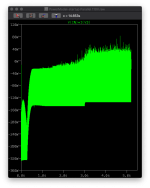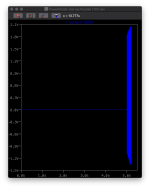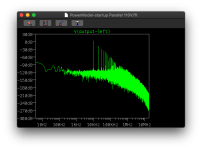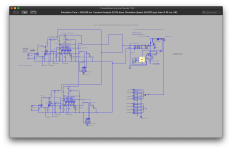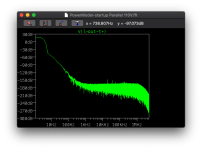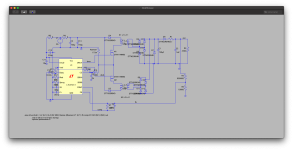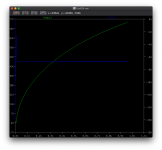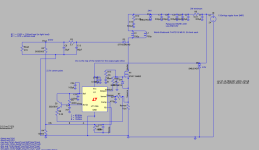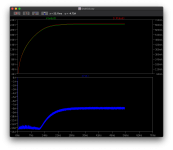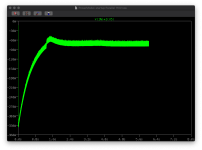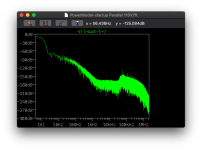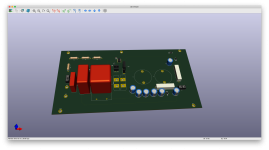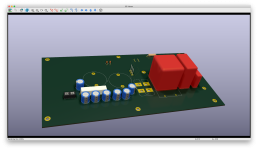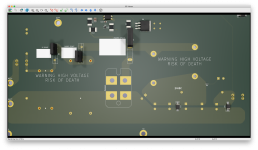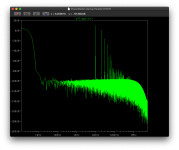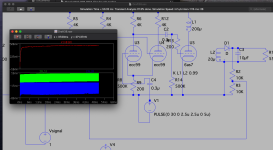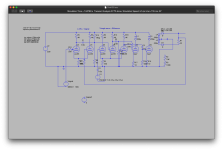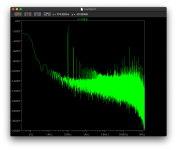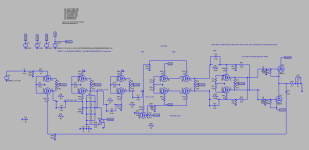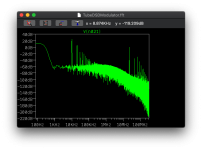Actually an update

I built the bill of materials but was concerned about some aspects of the LT3751, so switched from being an isolated flyback to a non-isolated boost and instead using an LT1243. The system as a whole is isolated - I'll be using a 240Vac-24Vdc medical power supply hence it has PRC and isolation. So any lightning strikes or general bad transients will have to get through that first.
The problem was around the power transfer per pulse. In short the LT3751 is designed to give it a load then keep a cap filled by running a regulated Topup. The issue becomes it can't provide enough power overall due to it being a fixed frequency and waveform.
The LT1243 is dumber, it's a PWM chip that has feedback (ie use the same output voltage feedback), current limiting (on the mosfet source side) by blanking pulses but has a couple of interesting points - it supports up to 1MHz switching and secondly the oscillator is controlled by an external RC (resistor-capacitor) so it gives some crude ability to set the shape of the pulse and the frequency of the pulse. This means the parameters can be adjusted for load.
The importance here is energy per pulse. Too fast and the inductor doesn't have time to build up a flux field that's big enough boost the voltages. Too slow and the switching becomes auditable. Then the shape - a sawtooth shape is good for noise (less steep vertical changes in voltage) but taking a rectangle (max wave form) and cutting like a triangle means 1/2 the energy per pulse. Lastly is the blanking of power - this is when the system is idling and the PWM chip simply cuts the power to prevent the voltage from rising further. The downside is that the skipped cycles act like a lower frequency so they quickly end up into audible spectrum as noise (along with the harmonics).
Now an ideal system would work at the lowest power (ie smallest number of pulses with the biggest gap between them) but be above the audible spectrum, say 50-100KHz, then have waveforms that are a trade off of power vs noise. The result is then the noise is always above the audio spectrum and therefore can be filtered effectively.
Without resorting to custom programming of CLPDs, or more expensive PWM chips (think expensive frequency generators) this is probably the best option.
So the full amp model has been running with this, a few tweaks and it's looking promising - I still want to perform a couple of additional runs for full 3.16V and 0V input but this is 445mV. That way I can guarantee the amp will not start buzzing as it starts skipping pulses at 0V input (ie quiet passages of music) and still support the big transients if need be.
Time period 7-9.2 seconds from the startup:
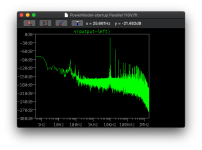
The 10Khz left side signal is good, but you can see some cross talk from the right side 30Hz signal. I still have some work but the noise level is starting to be acceptable.
Now to the good point...
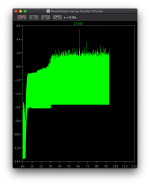
This is the 24Vdc supply current. Simply put 6A * 24V = 144W and that's the spikes so in reality it's probably averaging less than that.
I'm not sure how LTspice works out it's current but the -14A would probably be the initial inrush for the caps not a problem, if I was to use the 300W 240Vac-24Vdc isolated PFC power supply.. that supports 14A so this is looking good as the power supply is reasonably efficient compared to a linear PSU. Add to that I'm using passive low-pass-filters (ie large caps) then this is looking good. This also makes the building of the 'device' a little easier as we don't have 40A bus bars and it's easier to find/use <20A current wiring.
Once I've checked 0V and 3.16V (ie lowest power draw and highest power draw) then I'll be interested in making up the new BOM and cracking on with the ordering and PCB design.. which should be relatively close to what I had in mind before.
I've also decided that rather than run a single large SMPS that runs the heaters too - I'll use one for the B+ and one for the heaters. The reason is regulation - if the power levels/pulse rates change for the B+ PSU they'd also effect the heater currents/voltages too. Given the price of a 100W 240Vac-12Vdc (can be adjusted to 12.6 and has a 0.15Vpp ripple) is the same as a 24-12 converter of the same standard.. it's a no brainer to simply have the two SMPS and tie them to the same power on/off and power mains socket.







